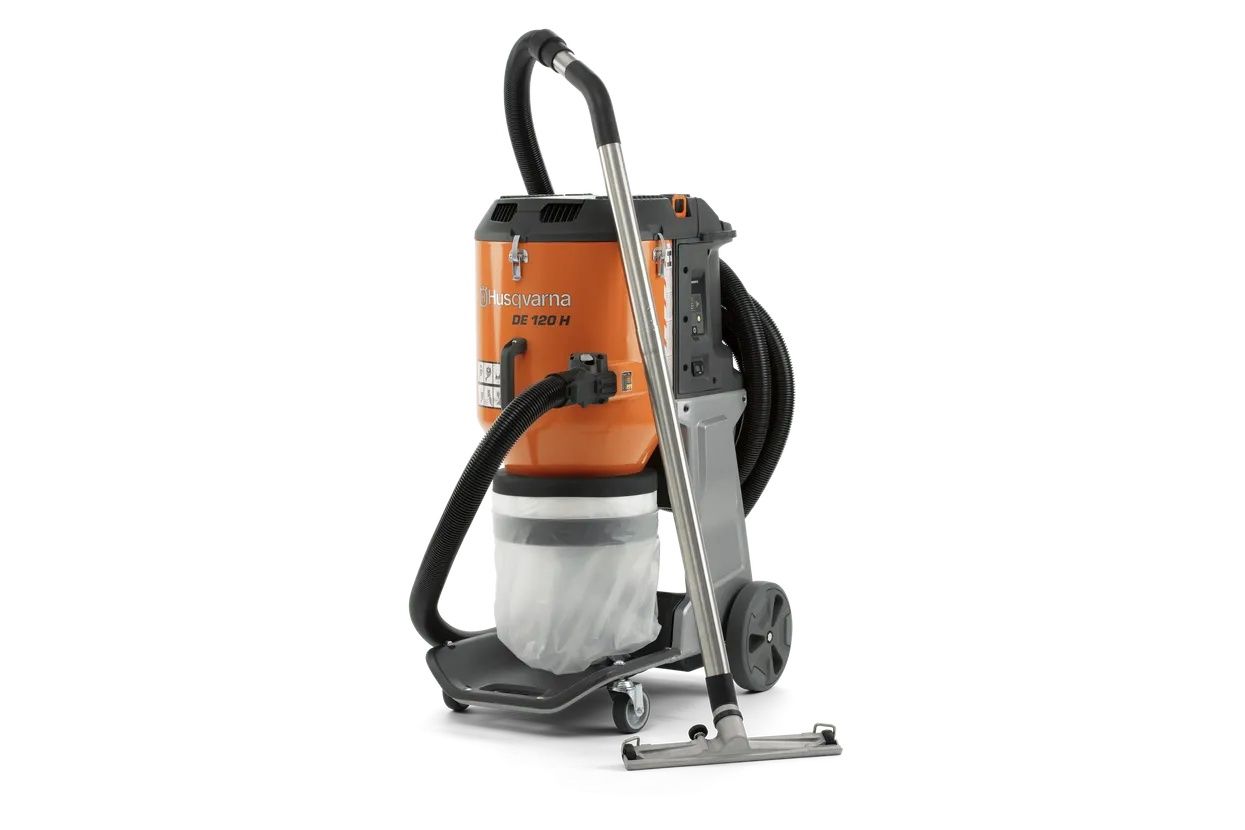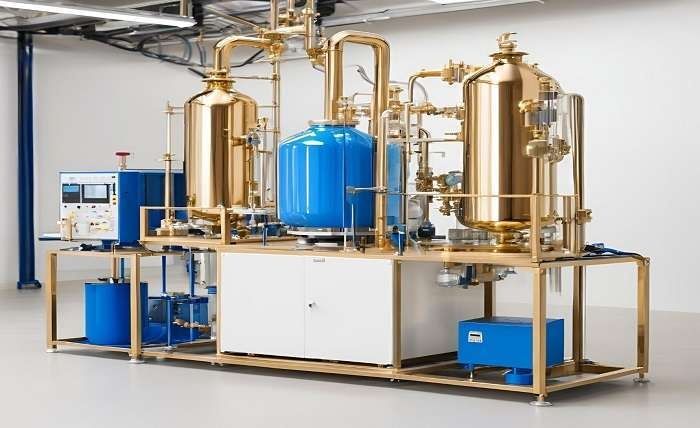Industrial Dust Collector Overview: Solutions for Healthier Work Environments
In many industries—such as manufacturing, woodworking, pharmaceuticals, and mining—dust and airborne particles are unavoidable byproducts of production. These particles may look harmless, but over time they can cause serious health risks for workers, damage equipment, and create fire or explosion hazards.
An industrial dust collector is a system designed to capture, filter, and remove dust and contaminants from the air. The goal is to maintain a clean, safe, and compliant workplace. By using filters, suction, and ventilation, these systems reduce harmful particles and protect both employees and equipment.

Importance: Why dust collectors matter today
Industrial dust collectors play a crucial role in workplace safety and environmental protection. Their importance is growing as businesses and governments place stronger emphasis on worker health, productivity, and sustainability.
Key benefits of dust collectors include:
-
Health protection: Reduces risks of respiratory diseases like asthma and chronic lung conditions.
-
Workplace safety: Minimizes fire and explosion risks caused by combustible dust.
-
Compliance: Helps organizations meet occupational safety and environmental regulations.
-
Operational efficiency: Extends equipment life by preventing dust buildup.
-
Sustainability: Lowers emissions and improves environmental responsibility.
Industries affected:
-
Woodworking shops
-
Metalworking plants
-
Food and beverage processing
-
Chemical and pharmaceutical factories
-
Cement and construction sites
Recent updates and industry trends
Dust collection technology has advanced significantly in the past year. Some key updates include:
-
Smart monitoring systems (2024–2025): New models come with sensors that monitor air quality in real time and alert operators when filters need cleaning or replacement.
-
Energy-efficient designs: Manufacturers are introducing dust collectors with variable speed drives, lowering energy use without sacrificing performance.
-
Stricter regulations: In 2024, several regions strengthened workplace air quality standards, leading to higher adoption of dust control systems.
-
Explosion-proof technology: Demand for systems with anti-spark and explosion venting features is increasing in industries handling combustible dust.
Laws and policies affecting dust collectors
Regulations play a large role in the design and use of dust collectors. While specific rules vary by country, several frameworks guide workplace dust control:
-
OSHA (Occupational Safety and Health Administration, USA): Sets limits on permissible exposure levels for dust and enforces workplace air quality standards.
-
NFPA (National Fire Protection Association, USA): Provides standards (like NFPA 652) for managing combustible dust to prevent fires and explosions.
-
EU Directives (Europe): Air quality and worker safety directives require proper dust control in industries.
-
Local environmental agencies: Many countries mandate emission control to protect both workers and surrounding communities.
Businesses that fail to comply may face penalties, fines, or shutdowns, making dust collectors not just an option but a necessity.
Tools and resources for dust control
Organizations have access to a wide range of tools and resources to implement effective dust control systems.
Useful tools and equipment:
-
Cartridge dust collectors – Compact systems for fine particle filtration.
-
Baghouse collectors – Large-scale collectors for heavy dust loads.
-
Cyclone separators – Pre-filters that remove larger particles before final filtration.
-
Wet scrubbers – Ideal for sticky or high-moisture dust particles.
Digital and planning resources:
-
Airflow calculators for designing duct systems.
-
Online compliance checklists from OSHA and NFPA.
-
Monitoring apps for real-time air quality tracking.
-
Supplier websites offering technical datasheets and maintenance guides.
FAQs on industrial dust collectors
Q1. What industries use dust collectors the most?
Industries like woodworking, metal fabrication, pharmaceuticals, food processing, and cement manufacturing rely heavily on dust collectors due to high particle emissions.
Q2. How often should filters in a dust collector be replaced?
Filter replacement depends on dust load and usage, but most systems require inspection every few weeks and replacement every 6–12 months.
Q3. Are dust collectors required by law?
In many industries, yes. Regulations such as OSHA in the U.S. and EU workplace directives require dust control measures to protect worker health and safety.
Q4. Can dust collectors reduce energy costs?
Yes. Newer models with variable speed fans and smart controls optimize airflow, helping businesses reduce energy consumption.
Q5. What is the difference between a baghouse and a cartridge collector?
Baghouse collectors handle large volumes of dust and are ideal for heavy industries, while cartridge collectors are better for fine, dry dust in smaller facilities.
Final thoughts
Industrial dust collectors are more than just air-cleaning machines—they are essential components of a safe, efficient, and compliant workplace. As industries evolve and stricter regulations emerge, investing in effective dust collection solutions helps organizations protect workers, extend equipment life, and reduce environmental impact.
For businesses, the priority should be selecting a system that matches their dust type, facility size, and compliance needs. With modern technologies, it is possible to maintain cleaner air while also optimizing operational efficiency.




